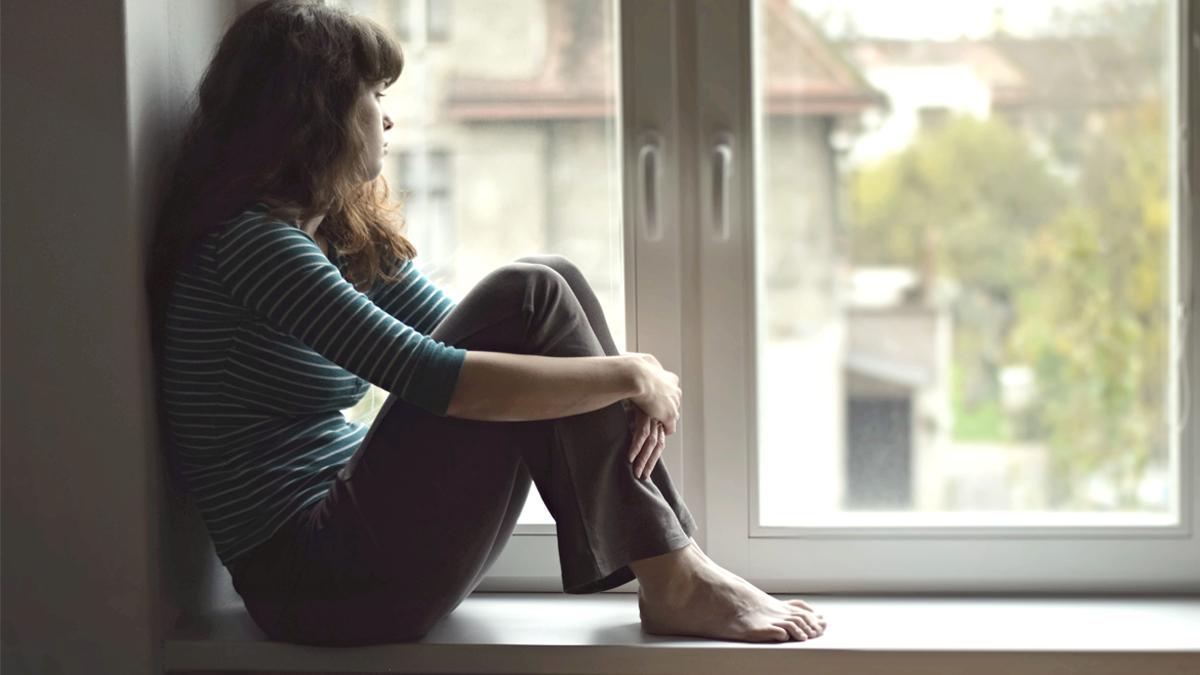
CW: This article discusses sexual assault.
Stories of high profile assault and abuse have flooded our news feeds over the last few months. It’s been a confronting and emotional cycle. Witnessing people like politicians, comedians and YouTubers become exposed as vile abusers has forced us to reassess our values – a movement that has been a long time coming.
Victim-blaming is one of the common patterns that occur when these stories come to light. Whether it’s in the Facebook comments of a news article, a sly comment from a mate at the pub, or even the analysis of a worried grandmother, victim-blaming is a prominent aspect of the conversation around consent and sexual assault.
It’s a knee-jerk reaction many people have to stories of assault. Questions like, “Why was she alone?” and “Why didn’t she report it after it happened?” are common phrases you may have heard used before.
However, it’s not always as simple and blunt as that. It can be complex and subtle expressions too.
At its core, victim-blaming is extremely harmful and perpetuates ideas that make it okay for abuse to occur. It can make survivors feel like they played a role in what happened and create a reluctance to share something they might have otherwise, whether that’s to friends, support programs or the police. It creates an endless, painful cycle.
The process of unlearning toxic societal norms can be lengthy and emotional, but it’s our responsibility to each other to learn as much about abuse as possible, especially in the wake of recent occurrences.
To gain further insight into it all, we spoke to Amanda Grehan, a Kids Helpline Counsellor, about what exactly victim blaming is, what it looks like and how we can work towards becoming better allies to survivors.
What exactly is victim-blaming, and what does it look like?
Victim-blaming isn’t always obvious or overt. Our language and actions can be coded in subtleties that we might not even realise places the fault of a situation on a victim.
“Victim-blaming is when a victim of any wrongful act is held to blame (entirely or partially) for the harm that happened to them. Sometimes people victim-blame others, while sometimes, we victim-blame ourselves. Often, both are happening at the same time,” explained Amanda.
There are various ways in which it might be presented – it could sound like using a person’s sexual history or clothing as a justification for the sexual assault they experienced.
“Victim-blaming can often be disguised as ‘safety advice’, e.g. telling a specific subset of the population to not catch public transport alone at night, or take consensual nude images,” she added.
It can also be when the victim is questioned why they didn’t leave or report an assault, placing the responsibility of the situation back on the victim.
Language is one of the most powerful tools used to victim-blame, as it has the ability to shape who we empathise with or demonise in a situation. We’ve all seen abusers portrayed as a person who may have been the next big footy star or a ‘nice bloke’ – this insinuates an assault or attack was an emotional mistake rather than a heinous crime.
“Passive and active language are also important factors in how we respond to stories of harm and abuse. Often, a victim is described as having had something just ‘happen’ to them, rather than a person actively choosing to enact that harm on them,” explained Amanda.
“For example, “they were assaulted” rather than “the perpetrator assaulted them” removes the responsibility from the perpetrator and makes it seem like the victim may have gotten themselves into this situation.”
Overall, if we learn to reframe our language when discussing stories of abuse, we’re less likely to dismiss the experience of victims and create compassionate spaces that are crucial to their healing.
What are the effects of victim-blaming?
Victim-blaming can enable abuse to continue because it can make abusers feel justified in their actions. It can also make victims feel unheard and unsafe or even hopeless that no one will ever believe or help them.
So, why does it continue to happen?
“Our brain doesn’t like not being in control. If it can find a way to make abuse your own fault, it feels like it can prevent it and stay safe,” Amanda discussed.
“You might think, ‘If only I didn’t say that, I wouldn’t have been hurt. In future, I will be more careful with what I say so I don’t make them mad…’”
Victim blaming can also be used as a defence mechanism by people who haven’t experienced abuse, as an attempt to feel safe – it’s like a means of taking control of circumstances that could happen. I completely understand this logic – for me, as a woman, it’s an internalised feeling of distrust we have of ourselves and those around us. However, despite the logic, we must reflect on how damaging this mindset can be.
“The only thing that causes abuse is an abuser. Abusers choose who they abuse, when and where they abuse. They are able to stop abusing when it benefits them.”
What can we do to be good allies to survivors of abuse?
It’s so important we continue to learn ways to support those who’ve experienced abuse. It sends a clear message showcasing that certain behaviour is unacceptable, potentially preventing future instances of violence.
These are a few ways Amanda recommends we can actively fight against victim-blaming in our everyday lives.
- Actively show you disapprove with certain language by shaking your head or saying, “That’s not cool/not funny/not appropriate.”
- Share factual information about how abusers disempower and isolate those they are abusing or statistics on how rare false allegations are.
- Challenge assumptions, uninformed opinions and hearsay by saying things like, “Actually, so-called revenge porn is actually a form of image-based abuse, and it is against the law.”
- Condemn the actions of the abuser.
- Express empathy for a survivor.
- Learn about the psychology of abuse.
It’s not an easy topic. It might take all of us a while to completely understand the intricacies of it all – but that doesn’t mean taking the easy route of ignorance is an option.
Education and empathy are essential in our fight against abuse, and our journey to making the world a safer place for each other. It might be just the tipping point of our society’s reckoning with sexual assault and abuse, but starting with understanding how our own personal actions contribute to the greater conversation is an important place to start.
If this article has triggered memories or you just need someone to talk to about anything happening in your life, Kids Helpline is always available any time and for any reason. 24/7 via WebChat, Phone or Email (they can help anyone up to the age of 25). Click here for support if you’re over 25.



